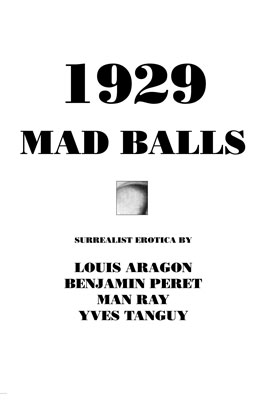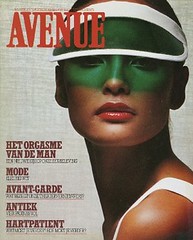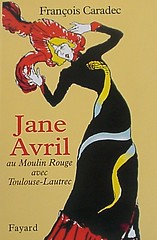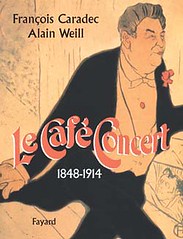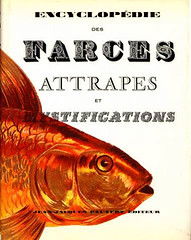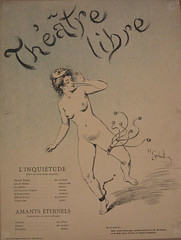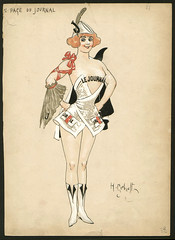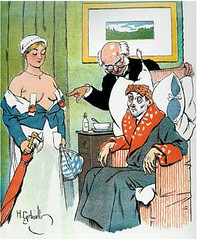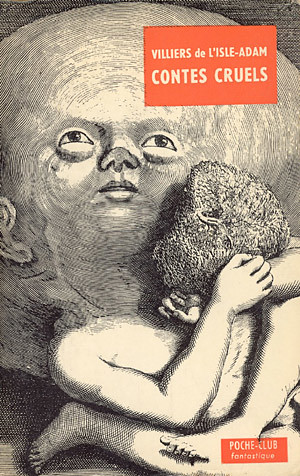I’ve reported before (see Investigating Sex: Surrealist Discussions 1928-1932, Desire Unbound, Sade / Surreal) on the intimate relationship between Surrealism and eroticism.
Creation Books have just announced their newest title: Extreme Surrealist Erotica which reprints[1] the novel 1929 by Aragon and Péret (with photographs by Man Ray) and the novel Mad Balls by Benjamin Péret.
From Creation:
Aragon and Péret’s 1929, originally written to cover printer’s fees for a Surrealist magazine, and long out of print in any edition, is considered to be one of the great “clandestine” books of modern French erotic literature. Published anonymously, the book was printed in Belgium in an edition of 215 copies. Seized by French customs, most copies of 1929 were destroyed as obscene, particularly due to the four hardcore Man Ray photographs featuring Kiki of Montparnasse, the muse of many surrealists. These images are generally omitted from catalogues of the photographer’s works. Its authors were amongst Surrealism’s greatest proponents, and the same sense of daring, iconoclasm and black humour that permeates their official works can also be seen in these candidly erotic poems and photographs.
Benjamin Péret’s Mad Balls (Les Couilles Enragées) dates from 1928 and would, if published, have formed the third in a trinity of violent, blasphemous and pornographic surrealist works written that same year, alongside Aragon’s Irene’s Cunt and Georges Bataille’s Story of the Eye. Eventually published under a pseudonym in 1954 by Eric Losfeld, Mad Balls is a definitive explosion of Péret’s virulent anti-religious and erotic delirium. With seven explicit illustrations by Yves Tanguy, it is published here alongside 1929 for the very first time, making this an indispensible collector’s compendium of classic “lost” surrealist erotica.

